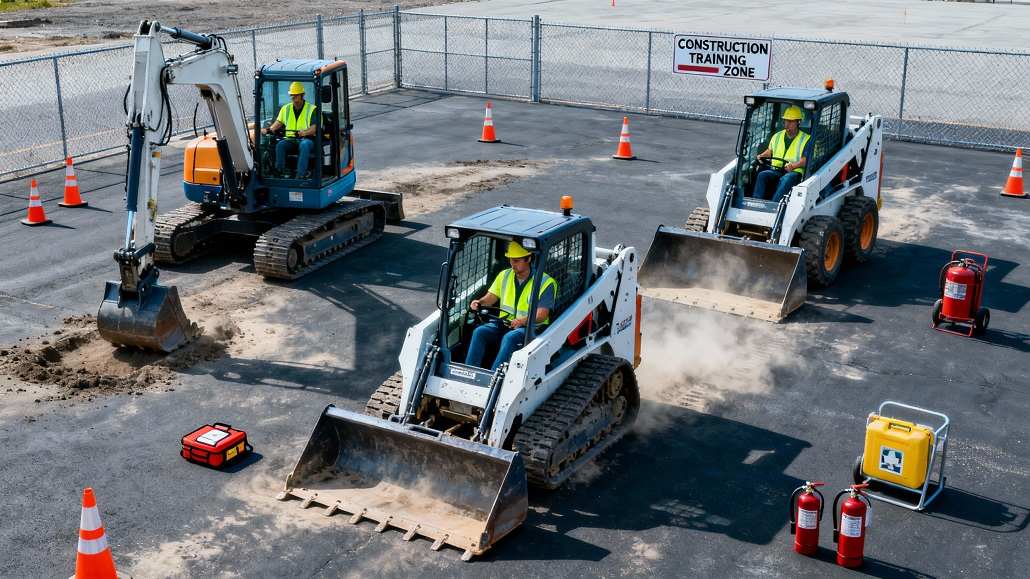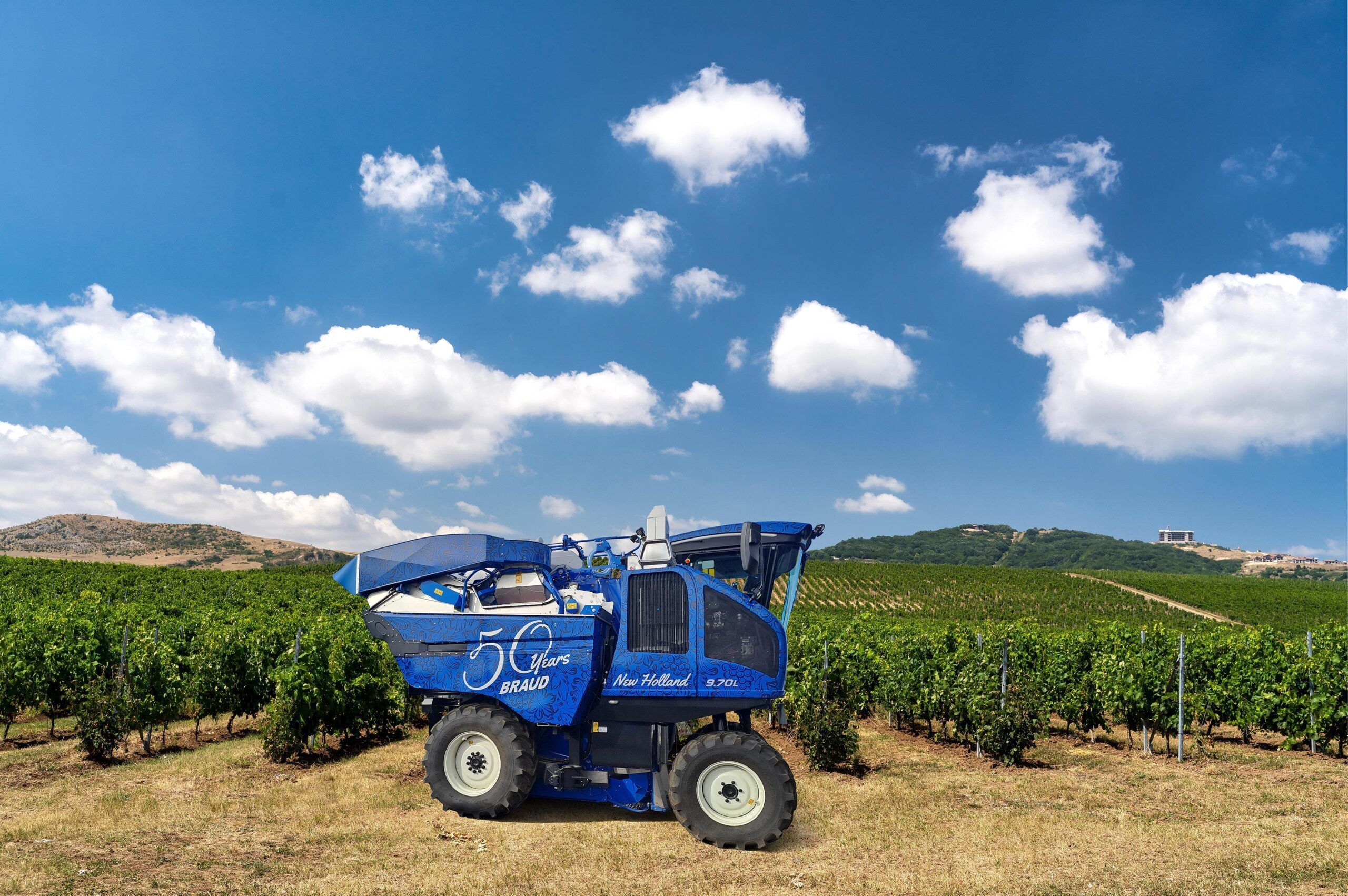Driving Innovation: Zimmer Group’s Role in Transforming Robotics and Automation for Metal-Cutting
1) What recent advancements in robotics and automation for the metal-cutting technology have had the most transformative impact on efficiency and precision? Zimmer Group has significantly contributed to the advancement of robotics and automation in metal-cutting technology, particularly through its innovative gripper systems and handling solutions. One of the most impactful innovations is the ZiMo … The post Driving Innovation: Zimmer Group’s Role in Transforming Robotics and Automation for Metal-Cutting appeared first on Machine Insider.

1) What recent advancements in robotics and automation for the metal-cutting technology have had the most transformative impact on efficiency and precision?
Zimmer Group has significantly contributed to the advancement of robotics and automation in metal-cutting technology, particularly through its innovative gripper systems and handling solutions. One of the most impactful innovations is the ZiMo mobile robot cell. This flexible and configurable cell combines a mobile table, a collaborative robot, and end effectors, enabling quick setup and versatile use in various applications. Its modular design facilitates easy integration into existing production lines, enhancing adaptability and efficiency.
Furthermore, Zimmer Group excels in designing and manufacturing custom grippers to handle unique workpiece geometries and materials. This includes specialized grippers for delicate components, heavy loads, and challenging gripping situations.
2) How is the industry adapting to sustainable manufacturing practices, and what specific initiatives are helping to reduce environmental impact?
The machine tool industry is actively adapting to sustainable manufacturing practices. Zimmer Group, as a leading provider of gripping and handling solutions, plays a crucial role in these efforts. Some of the salient contributions are:
Energy-Efficient Grippers: Developing energy-efficient grippers that minimize energy consumption during operation.
Lightweight Designs: Designing lightweight grippers to reduce the energy required for movement and operation and optimizes the robot sizing.
Long Lifespan of Components: Manufacturing durable and long-lasting components to minimize the need for replacements and reduce waste. Majority of the grippers which we supply have a lifecycle as high as 10Million cycles.
3) With digitalization reshaping manufacturing, what new skills are essential for today’s workforce, and how is the industry addressing the skills gap?
Digitalization drives improved quality control, makes huge efficiency gains, and creates a better product. If we consider the robotic solutions, the market is currently in constant motion, especially in the field of lightweight robots. An increasing number of manufacturers and models are enhancing the field of automation with robot models for highly diverse tasks, and the interfaces are just as varied as the variants of robots themselves.
One of the most important parameters which defines the successful deployment of automation and robotics is the ease with which the automation can be implemented. With Industry 4.0 gaining momentum, Zimmer-Group recognized this challenge early on and, as a pioneer in the industry, presented its mechatronic grippers as early as in 2013, based on the IO-Link standard. In 2016, the PrepBox for parameter assignment, testing and service followed and just one year later a multi-functional and omni-communicative, end-of-arm layer model was introduced as a technology prototype. We believe that developing user friendly products essentially bridges the skill gap and ensures seamless integration of automation solutions.
4) What trends in robotics and automation are driving the current demand for metal-cutting solutions, and how do you foresee the industry adapting to these trends?
At Zimmer Group, we are at the forefront of these trends, contributing significantly to the advancement of robotics and automation in metal-cutting solutions:
Innovative End-of-Arm Tooling: Zimmer Group offers a wide range of end-of-arm products optimized for robotic applications. Our multi-function drill heads and fitting units enhance productivity and flexibility in various industries, including mechanical engineering, electronics.
Grippers for Collaborative Robots (Cobots): We provide solutions for human-robot collaboration, enabling safer and more efficient production processes. Our intuitive software and adaptable grippers ensure easy commissioning and quick adaptation to different tasks.
Customized Automation Solutions: Zimmer Group designs and implements complete production and assembly cells with maximum flexibility. Our scalable transport modules and independently controlled shuttles eliminate the need for fixed conveyor belts, allowing for agile and dynamic transport.
Global Knowledge Sharing: With our new production facility in Pune, India, we support local talent development and foster global knowledge sharing. This facility includes a state-of-the-art training and demonstration area, promoting innovation and collaboration.
By embracing these trends and contributing to the advancement of robotics and automation, Zimmer Group is well-positioned to meet the growing demand for smart deployment if automation and robotic solutions for metal-cutting solutions and drive the industry forward.
5) What do you view as the most significant challenges facing the metal-cutting industry today for deployment of robotics and automation solutions, and what steps is your organization taking to stay competitive?
Developing Modular and Flexible Solutions: We focus on developing modular and flexible automation solutions that can be easily adapted to different production needs and integrated into existing systems.
Identifying the precise activity to be automated: one of the important outcomes of automation is that it should complement the human labour. Activities that require great speed, accuracy and which are repetitive in nature call for automation.
Costs and ROI: While the initial cost of automation can be high, robots and automated systems reduce operational expenses and material waste in the long run. By optimizing resource use and minimizing human error, companies can achieve more efficient production lines and reduce overall manufacturing costs

E copy of the magazine – https://www.machineinsider.com/dynamic-manufacturing-india-jan-feb-2025-edition/
The post Driving Innovation: Zimmer Group’s Role in Transforming Robotics and Automation for Metal-Cutting appeared first on Machine Insider.

 machineryasia
machineryasia 







